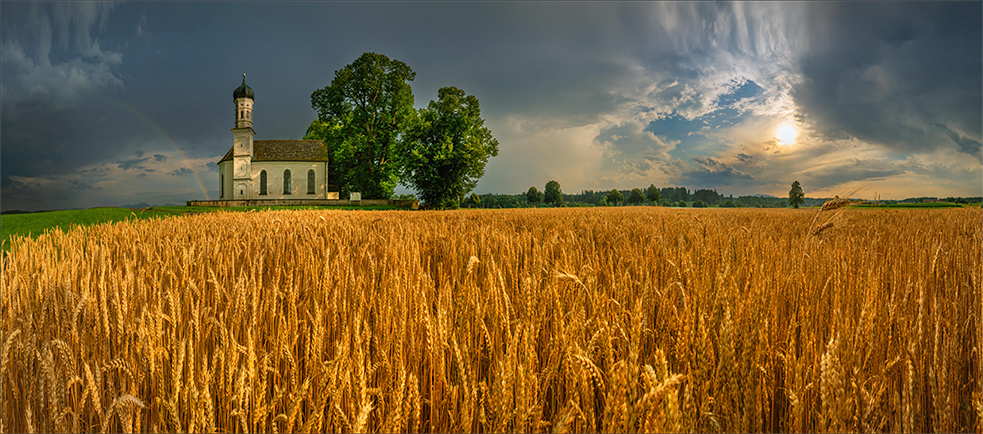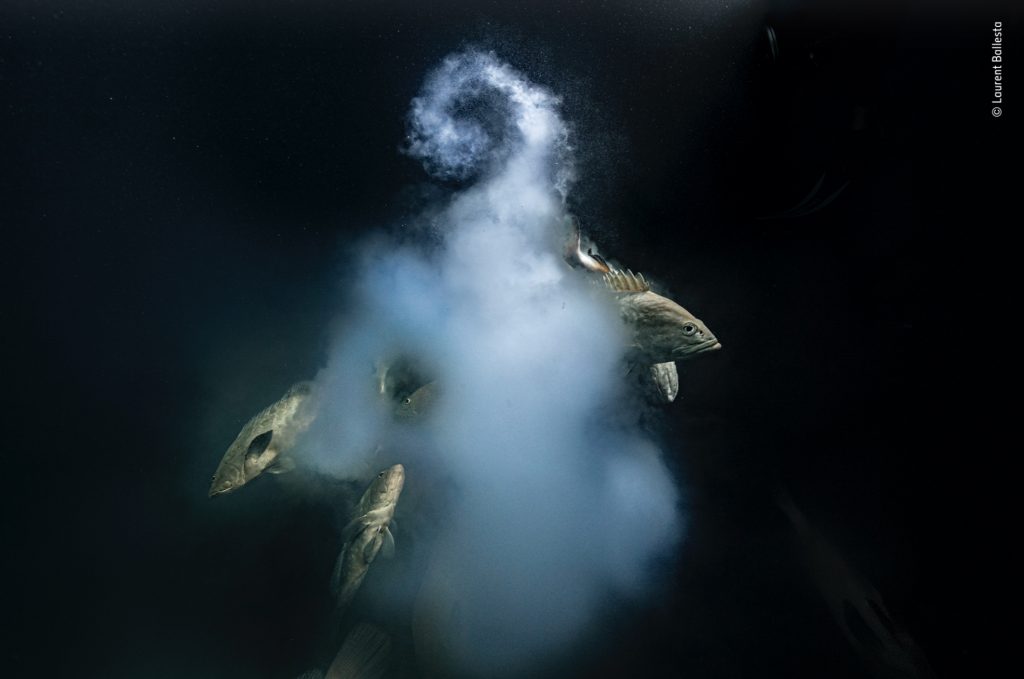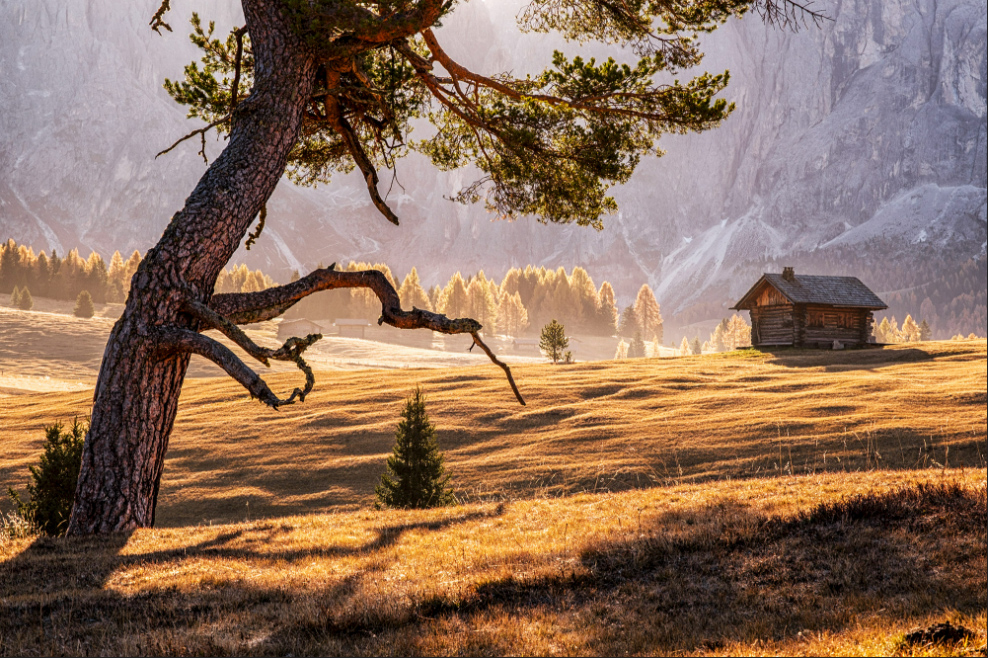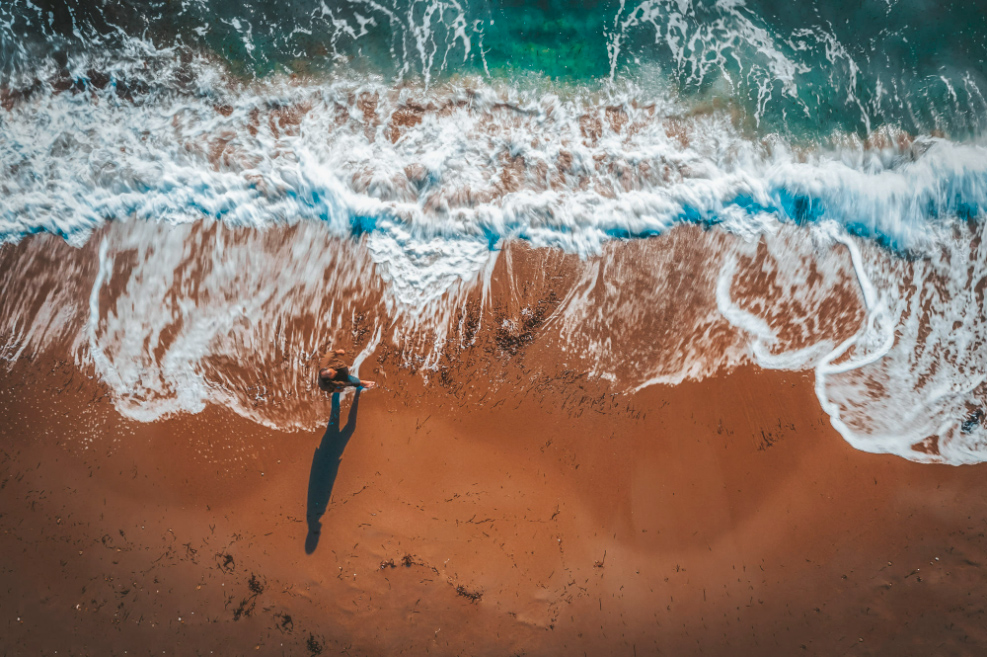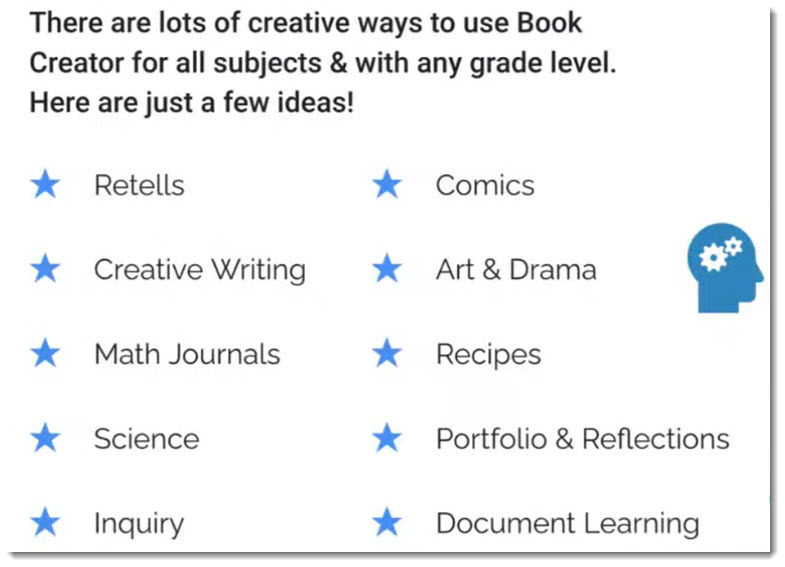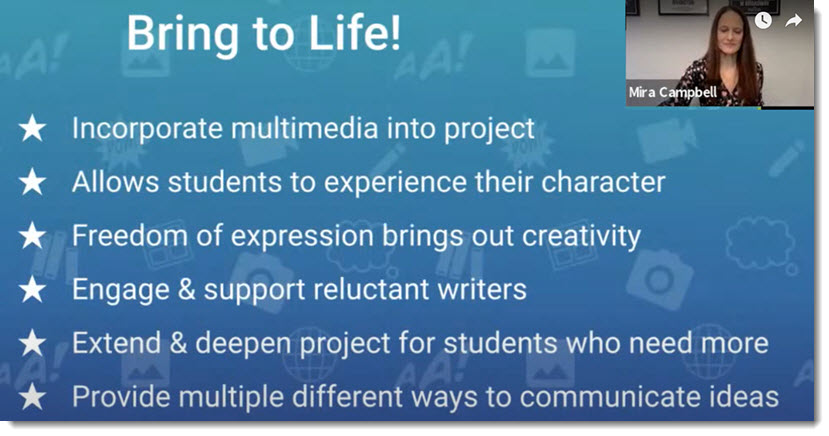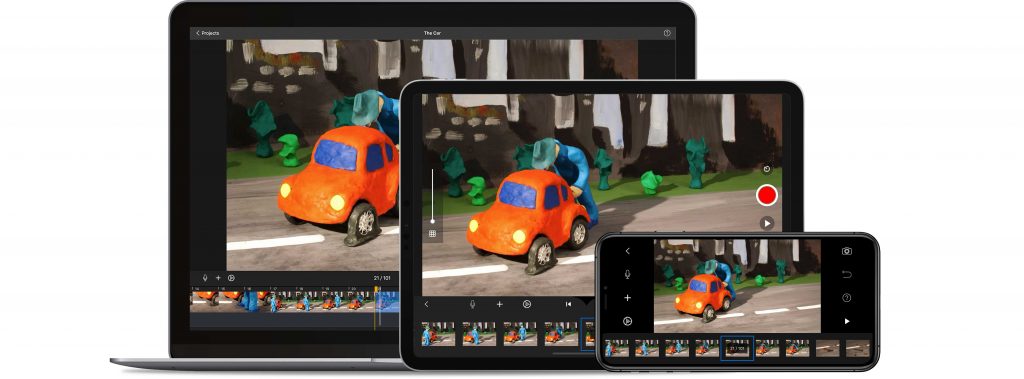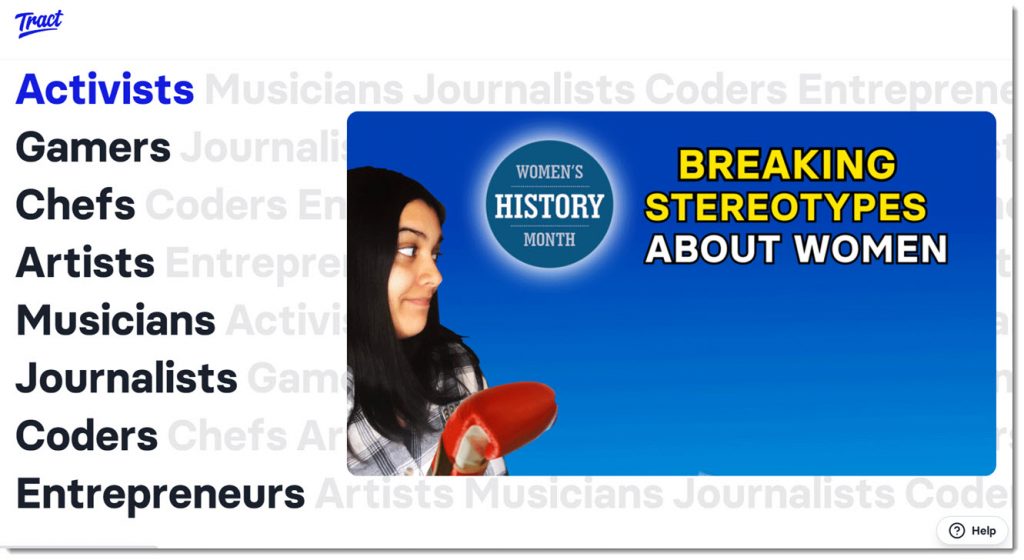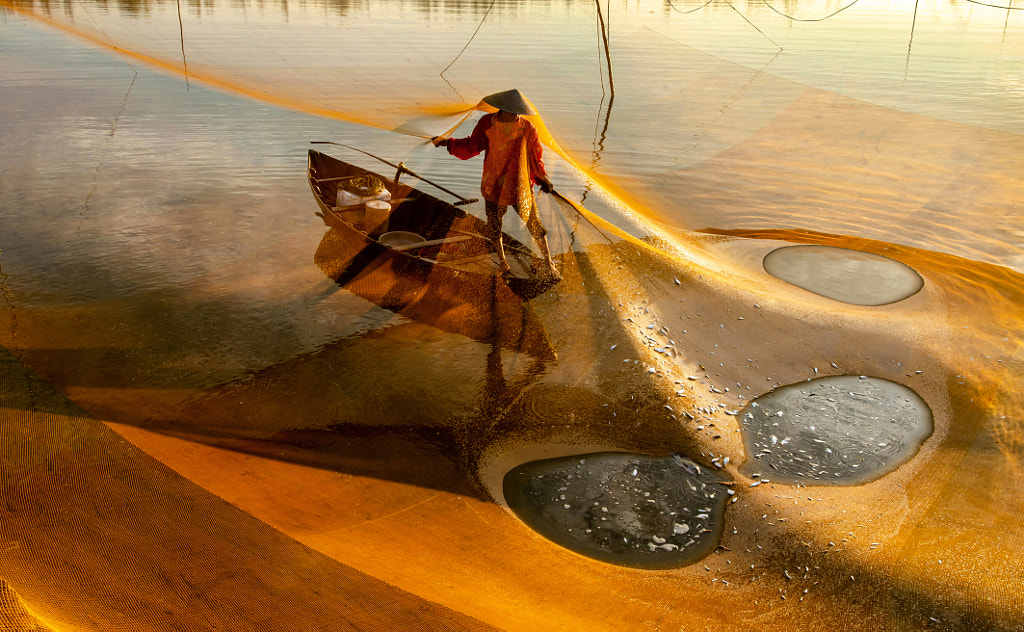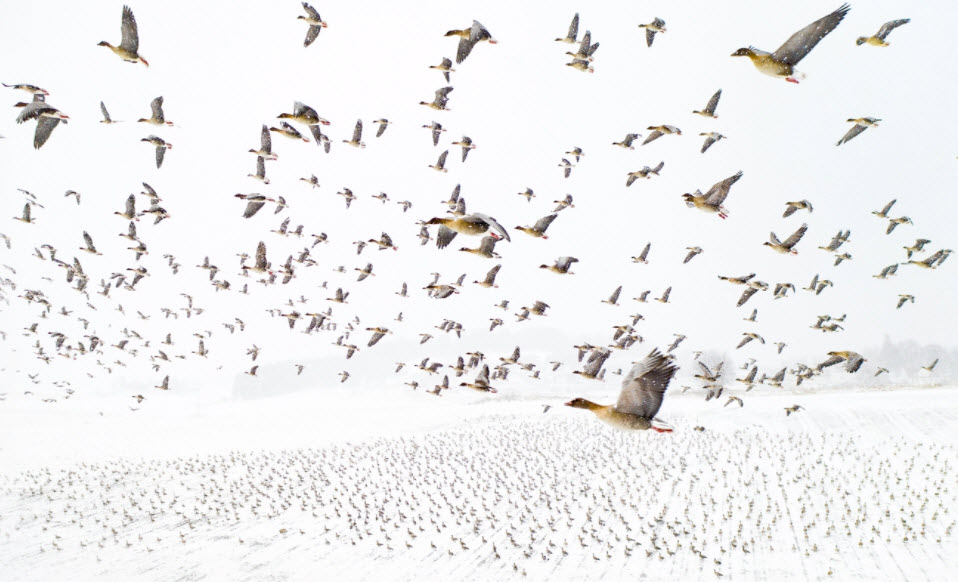Bavarian Church — from 500px by Stefan Thaler
Amazing Nature Pictures from the Wildlife Photographer of the Year — from fubiz.net
Under the Tree — from 500px.com by Birdies Lanscapes
Photo by Mrwei — from 500px.com
90 degrees — from 500ox,com by Aytug Bayer
A bonus item: This video captures an incredibly talented and clever artist!
Discover the best Bird Photographers of the Year — from fubiz.net
Autumn Pumpkin Spice Latte –from Tatiana Goskova out at 500px.com
The Old Barn in Frost and Fire — by Jørn Allan Pedersen out at 500px.com

Look up series by Vadim Sherbakov — incredibly beautiful work!
From DSC:
For you folks in advertising, consider using this next idea/approach for your next piece…it surely kept my attention. (Ok, you might want to shorten it a bit.)
Spectacular Winners of the 2021 Drone Photography Contest Capture a Bird’s-Eye View of the World — from thisiscolossal.com by Grace Ebert









